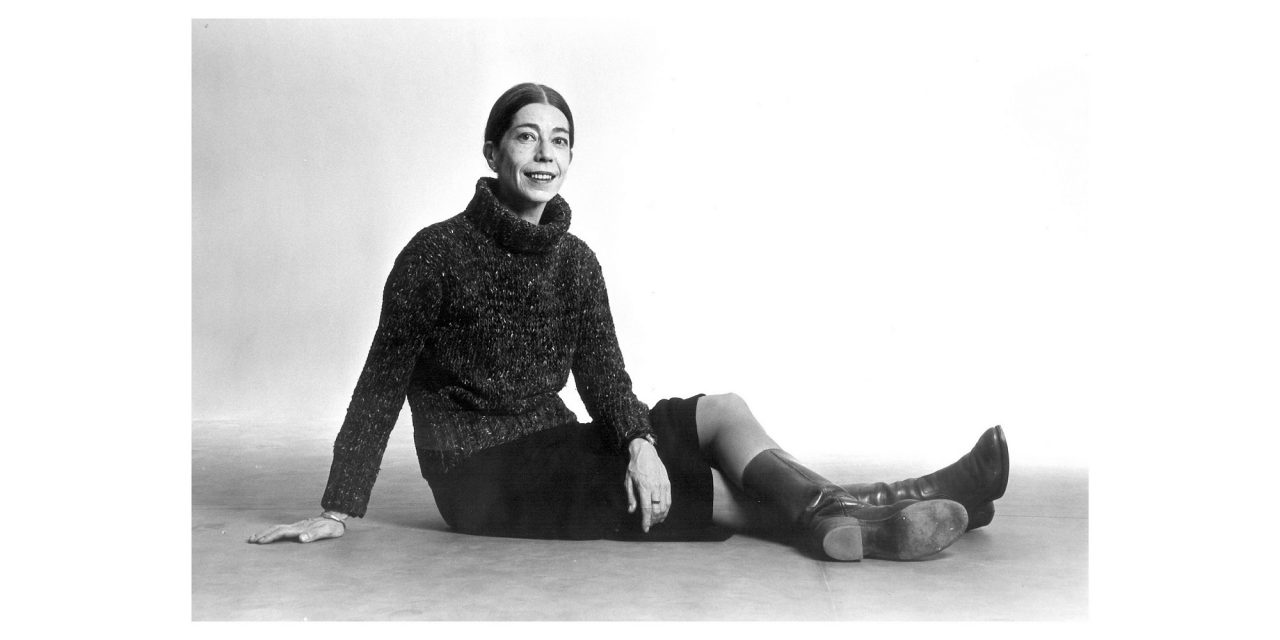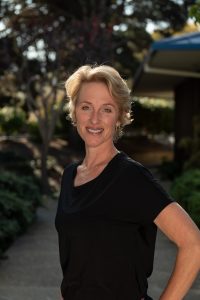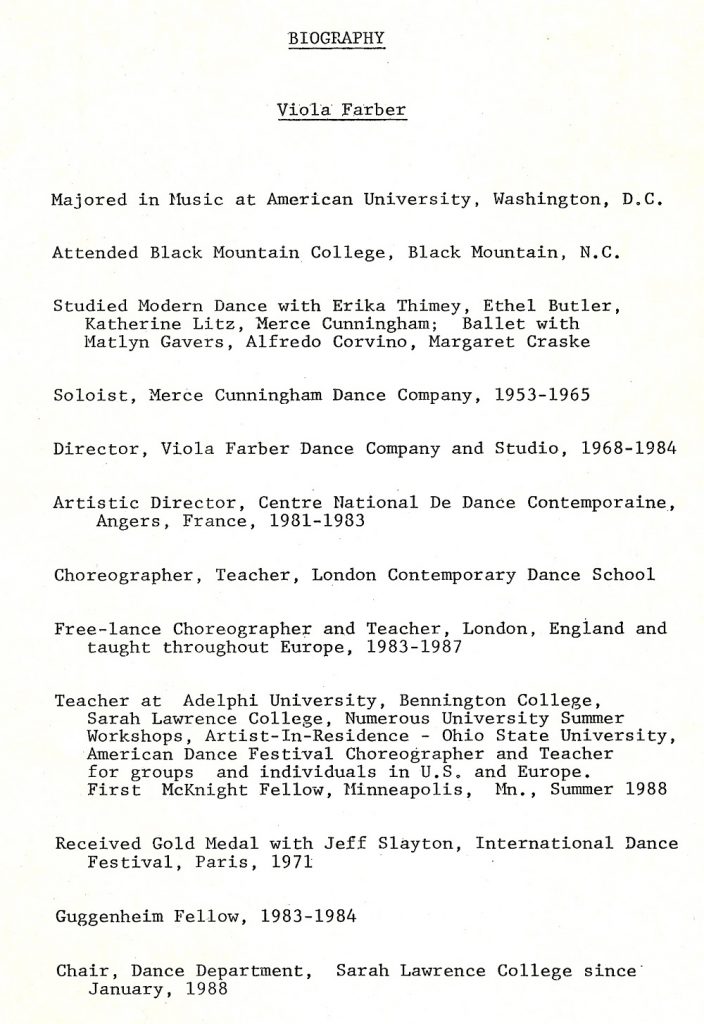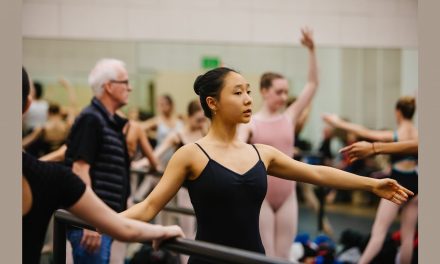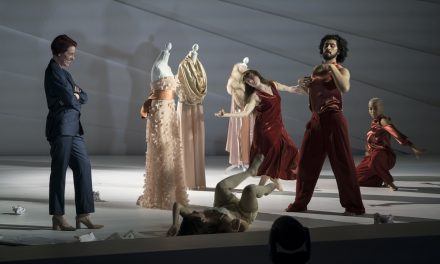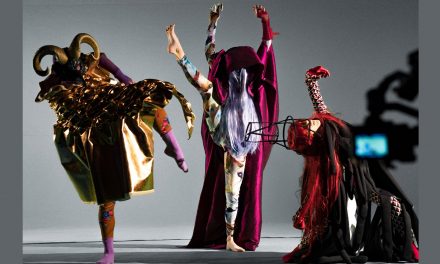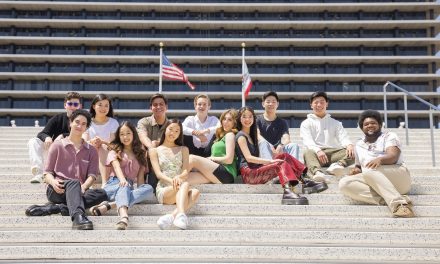Recently I was pleasantly surprised by a telephone call from a dear friend whom I had not heard from in far too long. Although Alexandra (Ali) Daniels Edwards and I met here in Los Angeles under special circumstances unrelated to dance, we eventually remembered that we had met in a restaurant a few years before in Bronxville, New York. Then Ali Daniels, she was a student at Sarah Lawrence College where Viola Farber was the Chair of the Dance Department. That particular afternoon Viola and I were having lunch in a restaurant in Bronxville when Ali brought her mother over to our table to meet Viola. We only spoke briefly, so it was no surprise that it took a while for us to remember the encounter.
Ali studied dance with Viola at Sarah Lawrence, but her main focus there was creative writing. When we were introduced in LA in 2004 or 2005, I was in the process of finishing my book The Prickly Rose: A Biography of Viola Farber. The person who introduced us knew that we had Viola in common, but at the time Ali and I agreed to meet primarily for her to help me with the book, assistance that was much needed. It soon became clear that we had a great deal in common and a strong friendship was launched.
Years passed, Ali got married, moved to Carmel, CA. and is now the mother of a beautiful little girl who she says is 3 going on 30. Looking for something to occupy herself with during the COVID-19 lockdown, Ali decided to clean out her garage. Her call was to inform me that while doing so she had come across a box with important materials belonging to Viola’s archives. I had given these materials to Ali during the editing process, but they had inadvertently found their way to Ali’s garage in Oregon.
Our telephone conversation lasted for almost an hour as we had several years’ worth of news to catch up on and it ended with her promising to mail the materials as soon as possible. They arrived less than a week later safely packaged. Out of precaution of the possibility that the virus was still living on the box, I did not open it for several days. When I did, I instantly remembered the material but more importantly, while reading through the papers, I was reminded that Viola’s talents did not stop at being an legendary performer and choreographer but she was also an incredible educator, and a woman with an quick sense of humor. Viola could be a task master and her words would often sting, but she also possessed what could only be described as a British-like dry wit.
In a letter addressed to the Advisory Committee (February 14, 1992) and typed on Sarah Lawrence College stationery, Viola was addressing components of the dance curriculum that she hoped would increase interaction and collaboration between the Dance, Music and Theater Departments.
The world, as we all know, is changing rapidly, and although I don’t always feel obligated to change with it, even if I could, I feel obligated to be aware of what is happening in my field. I make an effort to see a variety of dance concerts in the city, and to attend professional rehearsals in order to be aware of current technical demands on dancers, and contemporary concerns in choreography and sound for/with dance, not to copy anything, but to be realistic about preparing students for possible work in dance.
I worked in New York during a time of wonderfully fresh beginnings, of hard work and a strong dedication to that work, of a sense of community among artists, even of wonderful parties. But I do not welcome nostalgia in large doses.
Even in an academic document, Viola knew how to make people smile.
In an exclusive Interview with Viola, San Francisco writer Janice Ross titled her article Viola Farber – A Champion of No Deposit – No Return Dance. She wrote:
In this ecologically conscious age, Viola Farber may just have discovered the ideal disposable artform. Smiling broadly, the elfin Farber jokes that one of the big advantages to work in dance is that after a performance there is nothing left behind in the way of material waste. “People who dance have to constantly face the fact that we don’t last forever,“ she says, and then pauses reflectively, “I can’t do things now that I could twenty years ago and vice versa. We don’t smell a flower forever and that’s one of the things I like so much about dance, it doesn’t exist when it’s not being done.”
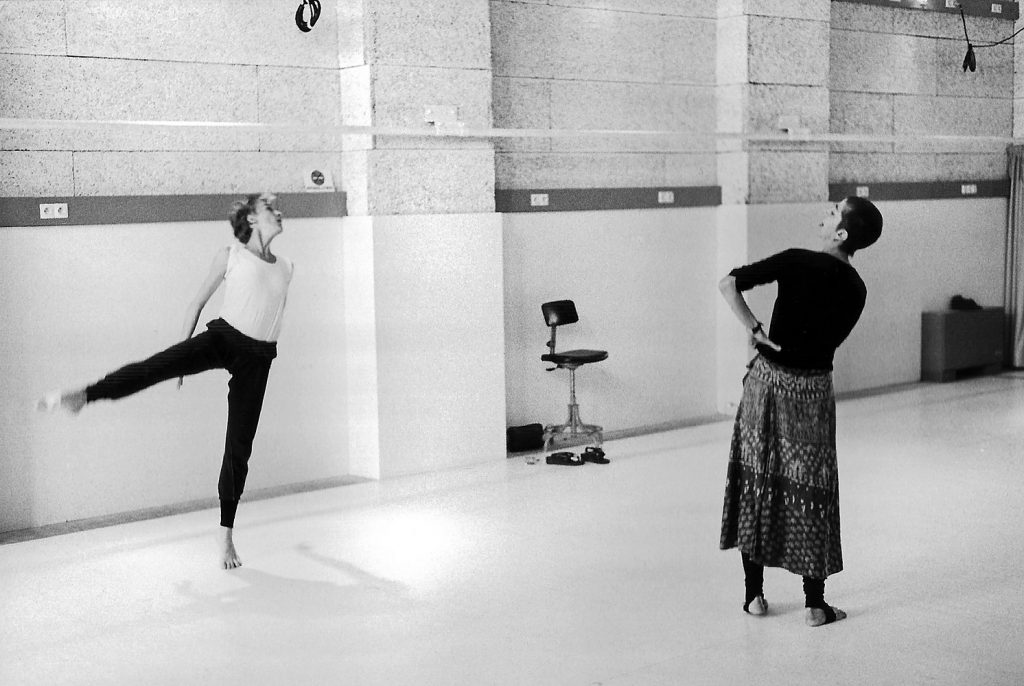
Viola Farber coaching Mathilde Monnier at the Centre National de Danse Contemporaine in Angers, France – Photo ©Tristan Jeanne Vales
Later on, in this same interview Viola is quoted as saying:
“Technically, dancers keep getting better and better. The level of technical proficiency keeps growing,” she admits. “But the number of people who use their skill with a special kind of sensitivity to time and dynamics isn’t growing as fast. The number who are sensitive to that remains small…and those are the dancers who interest me.”
This resumé or biography that Viola typed up demonstrates how direct and to the point she could be. Nothing extra! Only what was necessary.
Also in that box of treasures, I found an article titled “Viola Farber: Moving On.” Even with the aid of Google I could not locate the author’s name but I will continue searching. In it June Finch, a former member of the Viola Farber Dance Company, is quoted saying what I too found true about Viola.
“To know Viola is to know a person who is truly dedicated to her work. She has the highest expectations for herself and for anyone who chooses to work with her.”
Viola and I were married from 1971 to 1980 and although divorced and living on opposite coasts, we continued to work together in the U.S. and abroad. We last performed together at the American Dance Festival in 1996. The day after Thanksgiving in 1998 Viola suffered a cerebral hemorrhage and then a second one a week later. She lay in a coma for a full month before dying on Christmas Eve at the age of 67. Continuing her wry sense of humor, after sitting at her bedside in the hospital for an entire month, Viola waited for me to go to lunch to die. Ah, Viola! I miss you!
Written by Jeff Slayton for LADC, May 23, 2020.
Featured image: Viola Farber – Photo by Lois Greenfield
To learn more about The Prickly Rose: A Biography of Viola Farber by Jeff Slayton, click HERE.

